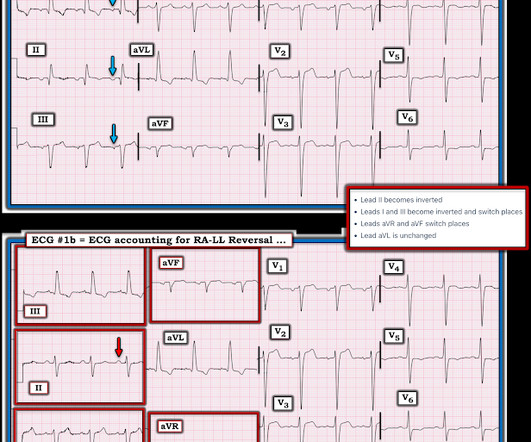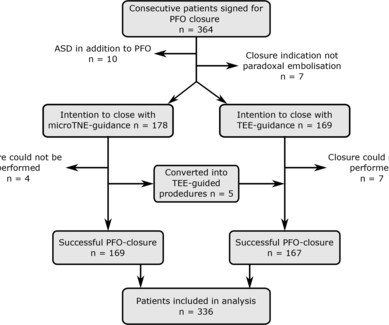Open Blood-Brain Barrier for Alzheimer's Treatment?; Managing TMD
Med Page Today
JANUARY 6, 2024
(MedPage Today) -- TTHealthWatch is a weekly podcast from Texas Tech. In it, Elizabeth Tracey, director of electronic media for Johns Hopkins Medicine in Baltimore, and Rick Lange, MD, president of the Texas Tech University Health Sciences Center.
















Let's personalize your content